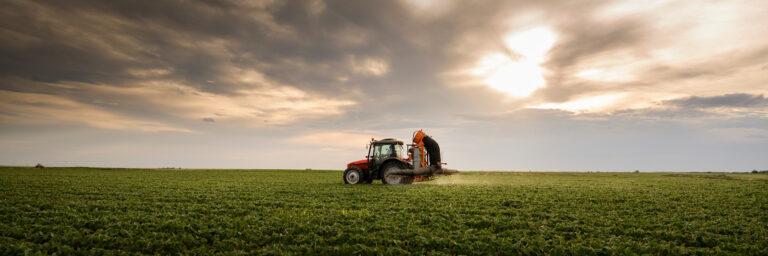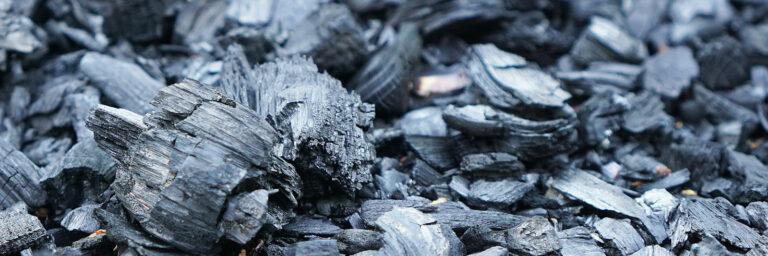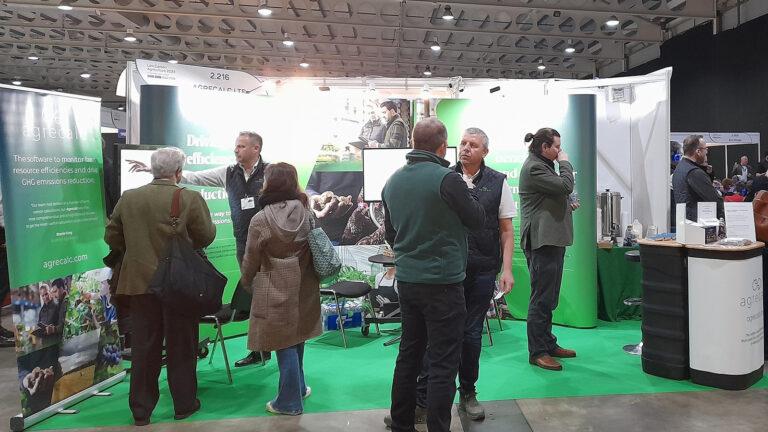
April Business Update: SRUC
After two years of operation as a Limited Company, Agrecalc became part of Scotland’s Rural College (SRUC) as of 1 April 2025.
When it comes to reducing emissions from suckler beef herds, there’s no ‘one-size-fits-all’ approach.
Cattle farming in Scotland accounts for 26% of total agricultural output – what strategies could be adopted to balance the nation’s red meat production and deliver Scotland’s net zero targets?
A study by Scotland’s Rural College (SRUC) commissioned to support the work of the Scottish Government’s Suckler Beef Climate Group, assessed the potential for carbon emission reductions on “average” suckler beef farms. Using the carbon audit tool Agrecalc, the study analysed a range of technical improvements and carbon mitigation measures.
The results indicated that by implementing a series of measures, in sequence, there is the potential to cut carbon emissions by up to 37.6% from the defined baseline level.
The study focused on breeder-finisher units as this farming system encompasses the complete beef production chain from breeding through to slaughter.
The Beef Farm Model, built by SAC Consulting – the advisory arm of SRUC – generated data for various scenarios including physical inputs (feed, crops, grass, fertiliser, lime, fuel, breeding stock); performance data for crops and livestock (yields of cereals and straw, calving %, rearing %, age at first calving, sale weights, age at sale); and, output (livestock sales). Carbon emission estimates were generated via Agrecalc on a whole farm, enterprise and per unit of output basis.
Eleven different measures were identified to reduce emissions. The list was not exhaustive but taken to be some of the more impactful measures. Here we’ve shared three of them below, together with potential carbon emissions saving. The full case study can be downloaded here: Low Carbon Beef Case Study.
Calving at two years compared to three years significantly reduces the resources required to feed and manage a cow to first calving, reduces unproductive livestock on farm, and increases the number of calves a cow has in her lifetime.
Benefits to calving maiden heifers at two years include quicker genetic progress; 24% lower energy requirement from weaning to calving; barren heifers have a higher cull value when slaughtered before 30 months; earlier maturing heifers have a shorter interval between calving and first heat after calving; and a reduction in mature cow weight.
Each of these reduces the associated emissions per unit of output.
There is a caveat; while many breeds and systems are well suited to calving at two years, it is not an option for every business. All herd compositions are different in terms of breed, and farms have differing environment, climate, land type, labour availability, and how each suckler herd is managed.
While finishing cattle quicker reduces total emissions, there are environmental and health benefits from finishing cattle off high quality pastures where little, if any, concentrates are needed.
Finishing cattle quicker reduces total emissions by the simple fact that if they are culled quicker, they stop producing emissions quicker. It enables faster turnover of finished cattle and therefore more output for reduced emissions (only when measured per unit output, not emissions per hectare).
Reducing finishing periods reduces the number of days cattle need to be maintained. Logically, maintenance requirements increase as cattle increase in size/weight and the heavier an animal, the higher the proportion of diet is needed for maintenance, reducing efficiency of production.
Equally, while finishing cattle quicker reduces total emissions, there are environmental and health benefits from finishing cattle off high quality pastures where little, if any, concentrates are needed.
While reducing the average age of slaughter to 18 months may not be possible on some farms where slow maturing breeds are kept, grazing quality is poor, or an all forage system is employed with no use of concentrate feeding; there is scope to make improvements including improved grassland management, better quality silage, reviewing livestock rations, setting daily liveweight gain targets and regular weighing/monitoring cattle performance.
Changing from set stocking to rotational or paddock grazing improves grass utilisation with less opportunity to waste grass and more grass converted into meat.
When managed well, grassland has the potential to significantly reduce input costs and bought-in feed costs; with some farms able to finish cattle purely off pasture and conserved forages.
Grassland management is not simply a case of balancing supply and demand but, by understanding and monitoring phases of grass growth, allows farmers to graze/cut grass at optimum development stages, enabling greater productivity and output. It also allows farmers to make the most of the peak growing period during spring and summer.
Changing from set stocking to rotational or paddock grazing improves grass utilisation with less opportunity to waste grass and more grass converted into meat. However, it requires investment in additional fencing and water troughs, and availability of labour to move stock or electric fencing regularly.
Reseeding unproductive swards improves both the quantity and quality of grass produced, which in turn, improves grassland and forage intakes. While reseeding pastures necessitates use of lime, and additional fertilisers to establish and maintain new grass sward temporarily increases carbon emissions; this is more than offset by improvement in grass and forage quantity and quality, reducing need for supplementary feed, boosting daily liveweight gains and hence reducing finishing periods.
In practice, it is not feasible for every farm to adopt every potential technical and mitigation measure. These and other innovative measures will take time to plan and fully take effect. But the study has shown that reducing carbon emissions and improving efficiency and profitability do go hand in hand.

After two years of operation as a Limited Company, Agrecalc became part of Scotland’s Rural College (SRUC) as of 1 April 2025.

Biochar is a carbon-rich material produced by pyrolysing biomass, which offers a variety of potential agronomic benefits. In this guest article, Black Bull Biochar discusses how these effects work together to bolster productivity, sustainability, and resilience in farming.

The Agrecalc team is looking forward to welcoming you at our stand (2.844) at this year’s Low Carbon Agriculture Show, taking place on March 5 and 6, at NAEC Stoneleigh near Kenilworth.